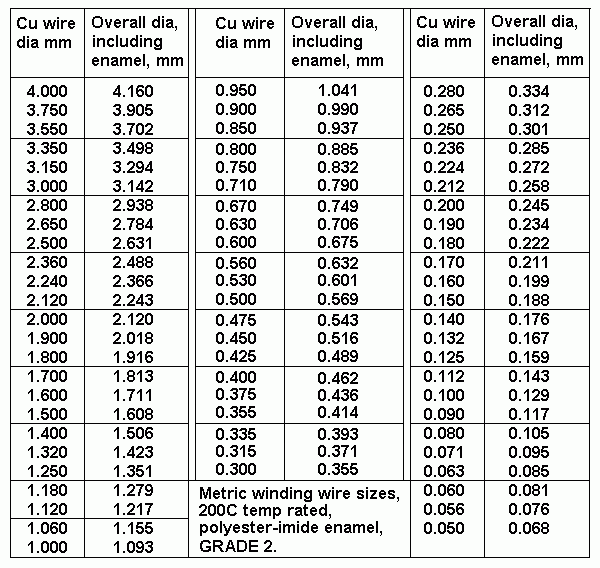| Primary
input power from 2 x KT88, 6550 |
Class A max Po anodes |
Class AB1
max Po anodes |
Pri Load RLa-a |
Pri Va-a Vrms |
Secondary
Loads ohms, r |
Total Rw loss% max |
Sec max Po |
Power quality, use. |
| 75W AB1 |
5.0W |
75W |
4k0 |
512 |
2r0, 4r0,
8r0, |
8% |
69W |
Lo-Fi,
guitar amps, PA |
| **50W
AB1** |
10.0W |
50W |
8k0 |
632 |
4r0,
8r0,16r0 |
4% |
48W |
Hi-Fi,
fine music |
| 23W A |
23W |
nil |
16k0 |
655 |
8r0,16r0,32r0 |
2% |
22W |
Hi-Fi,
ultra fine music. |
| OPT-1A Pri
RLa-a, 2,320t |
Sec 4 // 51t |
Sec 3 // 68t |
Sec 2 // 102t |
Po Watts |
| 4k0 |
1.9r |
3.4r |
7.3r |
69W |
| 8k0 |
3.9r |
6.9r |
15.5r |
49W |
| 16k0 |
7.7r |
13.7r |
30.9r |
22W |
